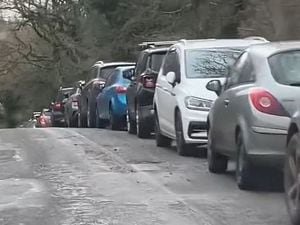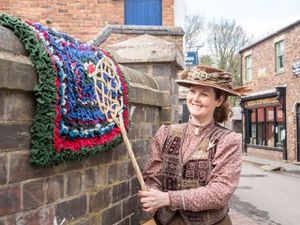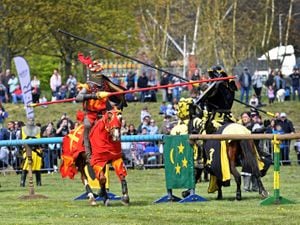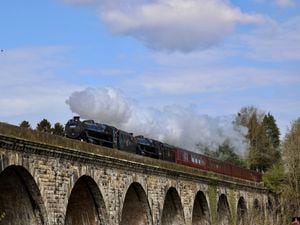A tiny glimpse into rural town’s fascinating past at Market Drayton museum
The coronavirus lockdown made many people realise what they had previously taken for granted, stuck inside and told to stay away from friends, family and almost all leisure activities for the good of themselves and the country.
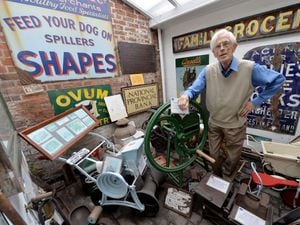
Now that there seems to be some semblance of light at the end of the tunnel, with no deaths in Shropshire from the virus in weeks; the easing of restrictions and a return to some kind of social normality, people have been appreciating pubs, parks and playgrounds all over again.
One little-known team that is happy to remain out of the spotlight but has a welcoming smile for all who do arrive is the band of volunteers who have reopened the tiny Market Drayton Museum & Resource Centre, with restrictions on numbers and plenty of hand sanitiser.
The museum is tucked away in a former butchers' shop in Shropshire Street and packed with oddities and links to the past, all of it made in the area now known as Market Drayton or with a special local connection. The museum bills itself as telling 'the story of Drayton'.
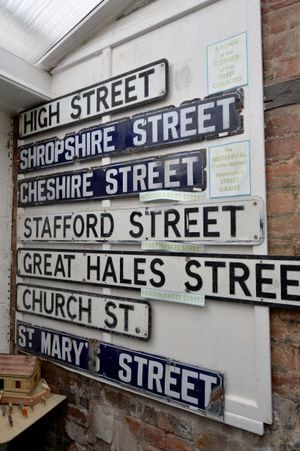
It is a perfect fit for Market Drayton, says Ian Picton-Robinson, the de facto manager of the museum – unassuming, cosy, and welcoming to all who pass through.
"We don't get many visitors but the ones we do get tend to be serious," he said.
"[They are] people who have a real interest in the town, or people chasing relatives – we get them from Australia, from Canada."
The little museum is so full of mementoes from the area that he has had to begin turning people who submit larger pieces away.
They include historic street signs, RAF equipment from the old base at Buntingsdale Hall and agricultural machinery produced by the town's 19th century firms Rodenhurst's and AW Gower & Son.
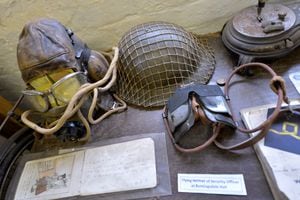
A handy timeline lists some of the major events in the town over the last 500 years, including the 'great fire of Drayton' which destroyed several buildings in 1651; the opening of the canal in 1835 (designed by Thomas Telford and built by Market Drayton's own John Wilson) and the closure of the railway station in 1967.
There are antique publications galore and reams of information on some of the Market Drayton area's notable people, among them controversial conqueror Robert Clive and eccentric airman Arthur Phillips.
The latter was born at Ollerton in 1873 and made bicycles for a living, though his lifelong passion was flying. He built and patented his own vertical take-off flying machine, and exhibited a model at the Aero and Motor Boat Show at Olympia in London.
He would carry on designing aircraft up to his death. His full story is told in engaging style in the museum's back room, where there are pictures of his contraption.
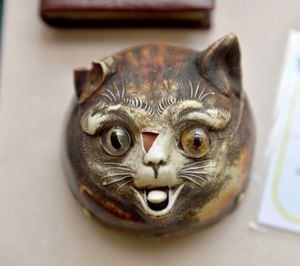
The museum also tells the tale of the 'toilet riots' of 1868, when 500 angry townspeople spilled out into the High Street in a row over voting on paying increased rates to improve the town's sewers.
Ordinary townsfolk felt that they were being asked to pay for the convenience of wealthier people who could afford their own water closets. The vote went sour and the police clashed with the rioters.
At the time the Shrewsbury Chronicle wrote that the police acted in "a most ruthless and savage manner".
Mr Picton-Robinson himself is a font of knowledge and enthusiasm for his adopted home – though he came to the town 17 years ago, he has forgotten more about Market Drayton than most people will ever know.
He is hopeful for the future of the museum, though the society that runs it does so at a loss and the lights will not stay on forever.
"There is money for a few years yet, but not forever. We're not an accredited museum, we don't have enough members – we're not eligible for a lot of grants.
"I am 81 now – it raises the question of succession.
"But a place like this where there's no sunshine in, it's been restored as a building... it could stay shut and not deteriorate for quite a while – long enough for someone to come along and discover it again."
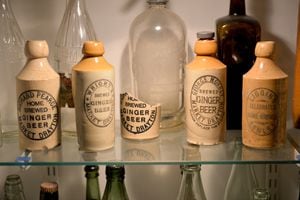
Since reopening two weeks ago the museum has seen small groups returning and rediscovering the untold tales of Market Drayton. There were five visitors on the first day alone.
In uncertain times, looking to the past for answers or at least distraction can be comforting – and Market Drayton itself has not changed that much in some respects.
"You get a flavour of an agricultural town with a bit of industry but not much – unchanged for centuries really," said Mr Picton-Robinson.
"In the 19th century we had two major manufacturers [Rodenhurst's and AW Gower & Son] and in the 21st century we have two major manufacturers [Muller and Palethorpes]."
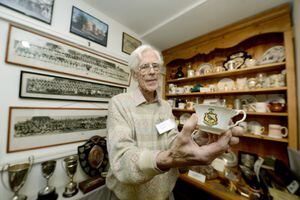
The museum is now open on Wednesdays and Saturdays, from 10.30am to 1pm.

